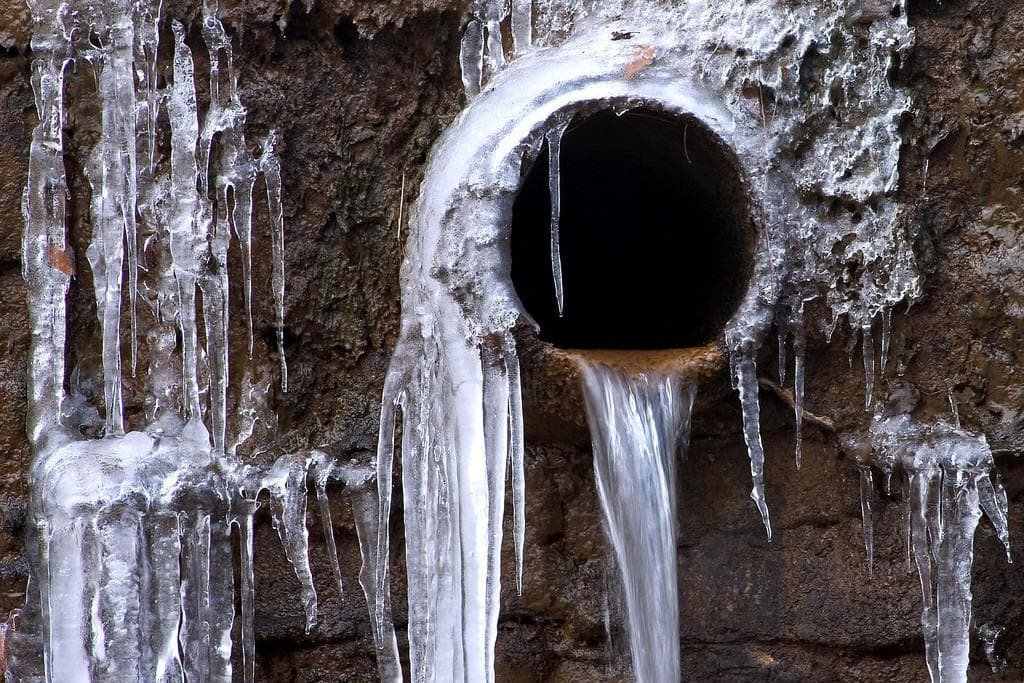Advice for Preventing Frozen Plumbing in Winter: Specialist Advice
Advice for Preventing Frozen Plumbing in Winter: Specialist Advice
Blog Article
Right here further down you can find a bunch of sound expertise about Preventing and dealing with frozen pipes.

Winter can wreak havoc on your pipes, especially by freezing pipes. Below's exactly how to prevent it from taking place and what to do if it does.
Introduction
As temperature levels decrease, the risk of icy pipelines boosts, possibly resulting in pricey repair services and water damages. Recognizing exactly how to avoid frozen pipes is essential for property owners in chilly climates.
Understanding Frozen Pipelines
What creates pipelines to ice up?
Pipelines freeze when revealed to temperature levels listed below 32 ° F (0 ° C) for prolonged durations. As water inside the pipes ices up, it expands, putting pressure on the pipe walls and possibly causing them to rupture.
Threats and damages
Frozen pipelines can lead to water supply interruptions, home damage, and costly fixings. Burst pipelines can flooding homes and cause substantial architectural damage.
Indicators of Frozen Piping
Recognizing frozen pipes early can stop them from rupturing.
How to determine icy pipelines
Look for lowered water flow from taps, unusual smells or noises from pipelines, and noticeable frost on subjected pipes.
Avoidance Tips
Insulating prone pipes
Wrap pipelines in insulation sleeves or use warm tape to shield them from freezing temperatures. Focus on pipelines in unheated or outside locations of the home.
Home heating techniques
Keep interior areas adequately heated, particularly locations with plumbing. Open closet doors to allow warm air to flow around pipelines under sinks.
Securing Outside Plumbing
Yard pipes and outside taps
Separate and drain yard pipes prior to winter season. Mount frost-proof spigots or cover outside taps with protected caps.
What to Do If Your Pipelines Freeze
Immediate activities to take
If you believe frozen pipes, maintain taps open to eliminate stress as the ice melts. Utilize a hairdryer or towels taken in warm water to thaw pipelines slowly.
Long-Term Solutions
Architectural changes
Take into consideration rerouting pipes far from exterior walls or unheated areas. Include additional insulation to attic rooms, basements, and crawl spaces.
Upgrading insulation
Purchase high-grade insulation for pipelines, attics, and walls. Proper insulation aids keep regular temperature levels and lowers the threat of icy pipelines.
Final thought
Stopping frozen pipes calls for aggressive procedures and fast actions. By comprehending the causes, indicators, and safety nets, property owners can protect their pipes during cold weather.
5 Ways to Prevent Frozen Pipes
Drain Outdoor Faucets and Disconnect Hoses
First, close the shut-off valve that controls the flow of water in the pipe to your outdoor faucet. Then, head outside to disconnect and drain your hose and open the outdoor faucet to allow the water to completely drain out of the line. Turn off the faucet when done. Finally, head back to the shut-off valve and drain the remaining water inside the pipe into a bucket or container. Additionally, if you have a home irrigation system, you should consider hiring an expert to clear the system of water each year.
Insulate Pipes
One of the best and most cost-effective methods for preventing frozen water pipes is to wrap your pipes with insulation. This is especially important for areas in your home that aren’t exposed to heat, such as an attic. We suggest using foam sleeves, which can typically be found at your local hardware store.
Keep Heat Running at 65
Your pipes are located inside your walls, and the temperature there is much colder than the rest of the house. To prevent your pipes from freezing, The Insurance Information Institute suggests that you keep your home heated to at least 65 degrees, even when traveling. You may want to invest in smart devices that can keep an eye on the temperature in your home while you’re away.
Leave Water Dripping
Moving water — even a small trickle — can prevent ice from forming inside your pipes. When freezing temps are imminent, start a drip of water from all faucets that serve exposed pipes. Leaving a few faucets running will also help relieve pressure inside the pipes and help prevent a rupture if the water inside freezes.
Open Cupboard Doors
Warm your kitchen and bathroom pipes by opening cupboards and vanities. You should also leave your interior doors ajar to help warm air circulate evenly throughout your home.

We were made aware of that editorial on How to prepare your home plumbing for winter weather through an acquaintance on a different web page. Sharing is caring. You won't know, you may just be helping someone out. Thanks a lot for your time invested reading it.
Click Here Report this page